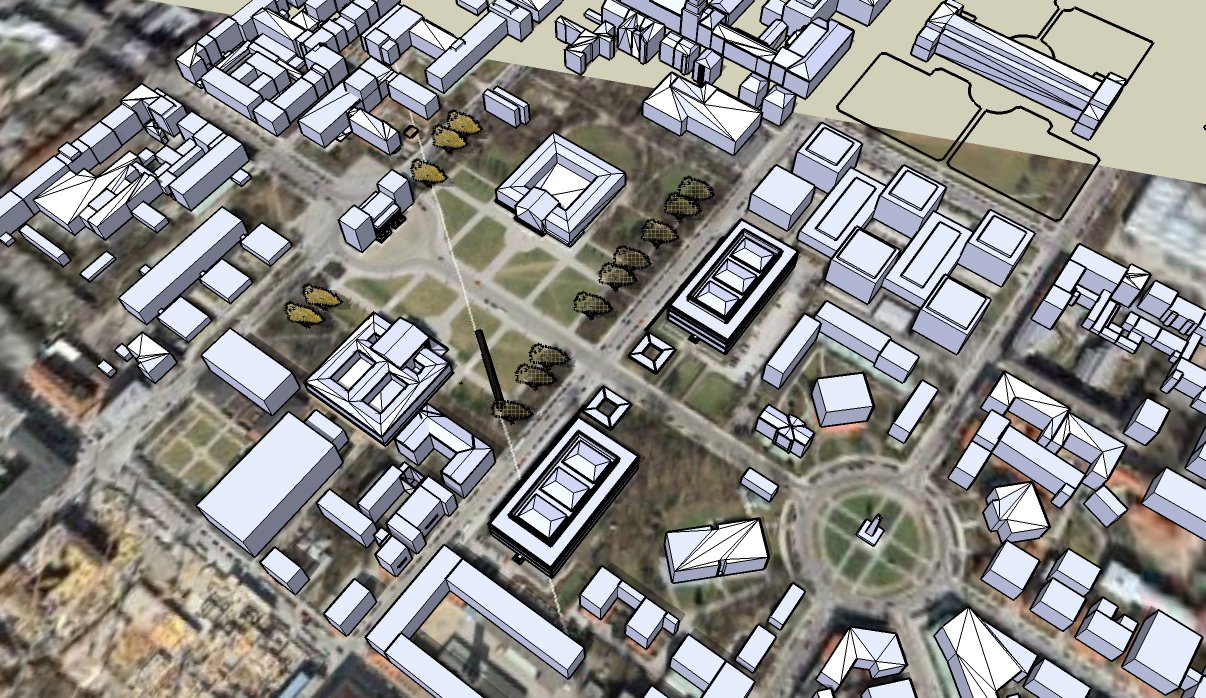Memorial to the victims of National Socialism
The project “The Ramp” is about creating an empty space on the Königsplatz, right next to the Nazi Documentation Center in Munich. This empty space, in the form of a long ramp, runs along a conceptual axis that connects the square and the former Dachau concentration camp. Surrounded by crowds of people at events, the ramp forms a “social sculpture”. Among the people present, the absence of those people who are no longer there can be experienced at this empty space. They are no longer there because, like most of the millions of victims of National Socialism, they found their grave, as Paul Celan described it, in the air. To this day, they have not found a dignified grave in Munich. To this day, commemoration and memory in Munich is condemned to digital oblivion.

Drawing a line of thought and connecting the former "Acroplois Germaniae" aka Adolf Hitler Platz with first concentration camp in Dachau.

The ramp is a place that remains empty, even when thousands of people attend major events and concerts on Königsplatz. It is about making the presence of the absence of all those who were expelled or murdered during the Nazi dictatorship tangible.

The project "Die Rampe" connects Dachau with Königsplatz in Munich along a spiritual axis. On March 22, 1933, a few weeks after Hitler came to power in January, the first prisoner transports arrived at the first concentration camp in Dachau, which was set up on the site of a disused powder and ammunition factory. A few weeks later, on May 10, 1933, the largest book burning took place on Königsplatz. The ramp represents the direct relationship between these events, because as Heinrich Heine wrote: “That was just a prelude, where you burn books, you also end up burning people.”


The ramp is a “social sculpture”. It only comes into being when people are present. Especially when Königsplatz fills up with thousands of people during concerts, the ramp becomes visible and tangible as an “empty space”. As a void for all those people who were no longer “there” because they were deported and killed.
Epilog
Munich never built “The Ramp,” that emptiness in which all that was unspoken might have taken root. Instead, a digital, placeless project was selected, cast into the intangible realm of screens and clicks. Where no footsteps tread, where there is no tangible ground to bear the weight of absence, the echoes of memory grow faint, losing their human warmth and empathy.
When we remember, past and present become interwoven into something new. This is precisely what Bergson describes: memory is dynamic; it changes with every new glance, with every new experience. Yet it needs an anchor—a tangible point of reference in reality. That is why it is so important not only to seek “New Forms” but also a new place. Without place, there is no remembrance, and without remembrance, there is no place!